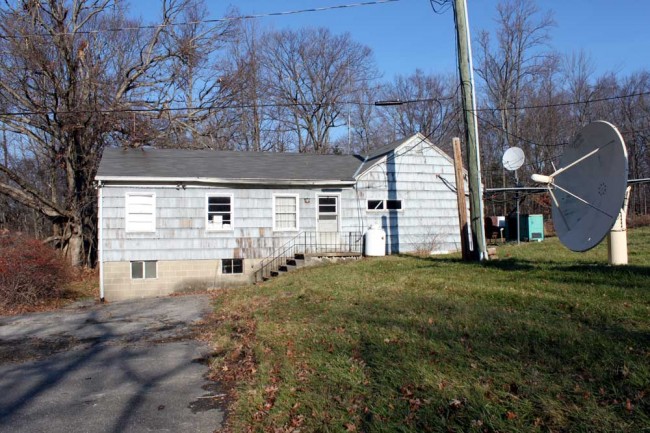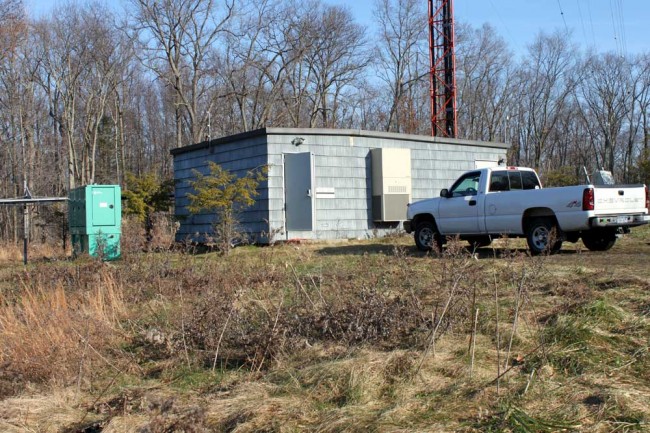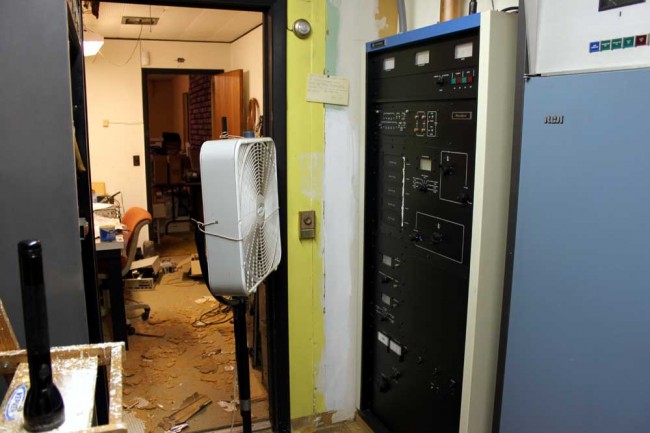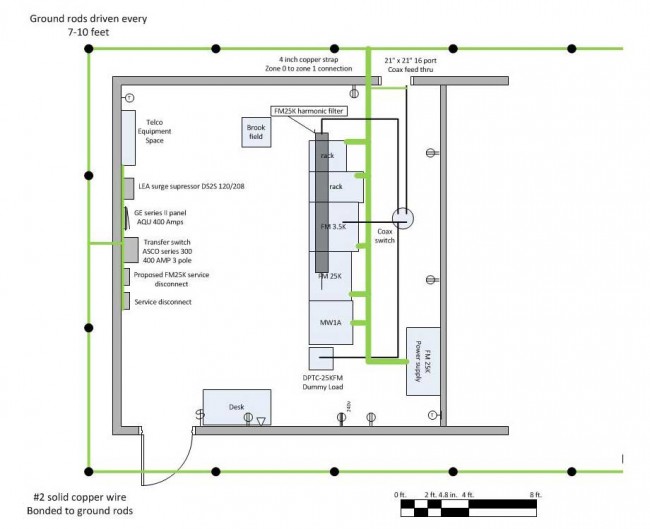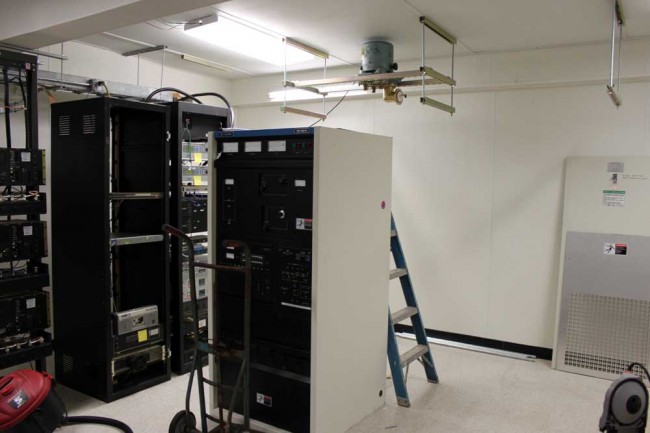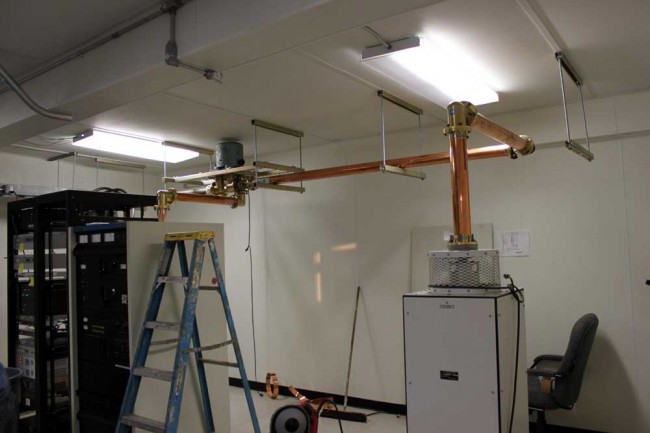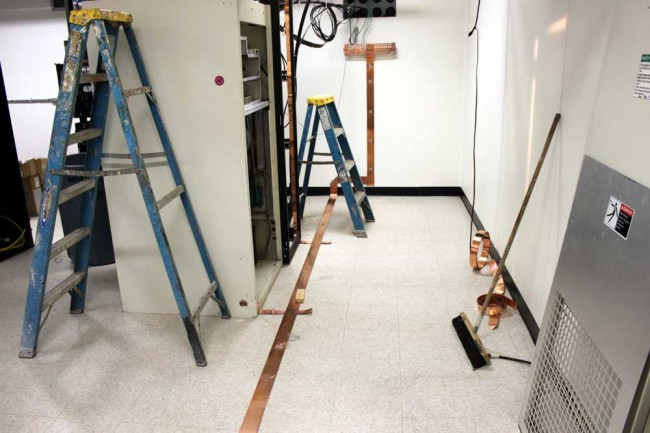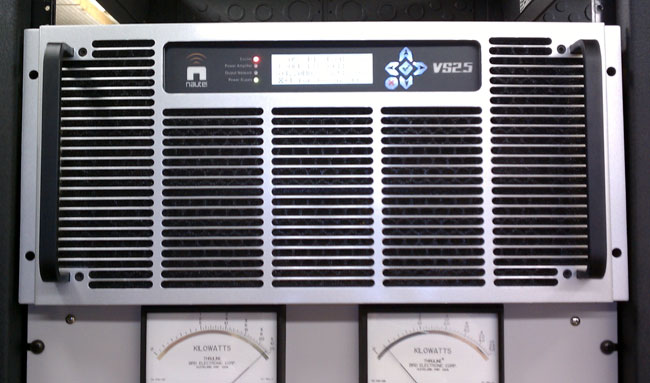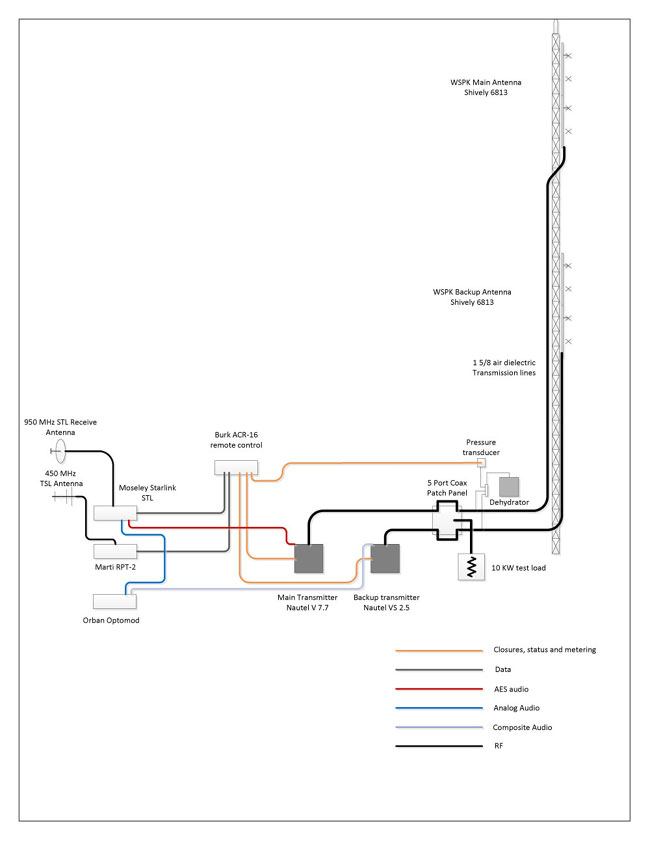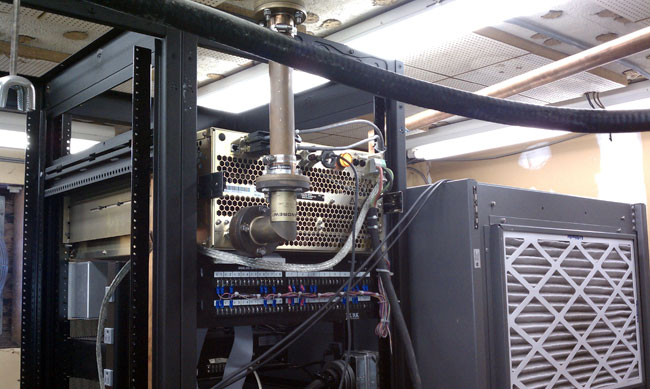I’ve been away working in Burlington, VT (WVMT, 620 KHz, Burlington) for the last coupla, installing this nifty Nautel transmitter:
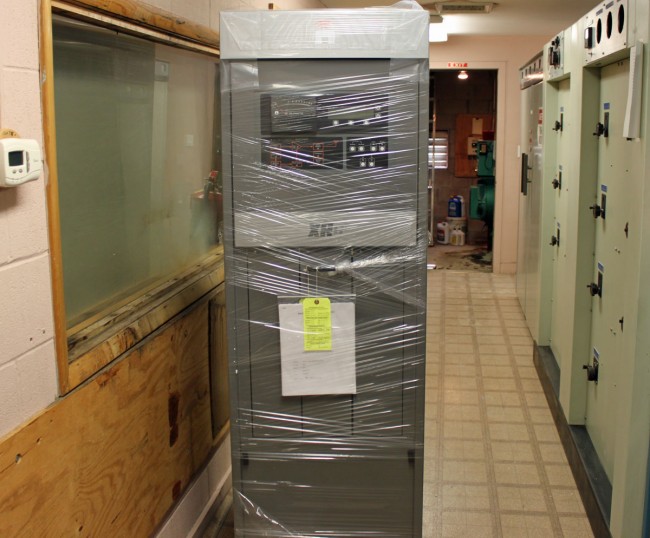
I like the Nautel units, both AM and FM; they are well-designed, well-built, rugged transmitters. I have lost track of how many of these units we service in the field, partly because they are becoming pretty much standard equipment at all of our installations.
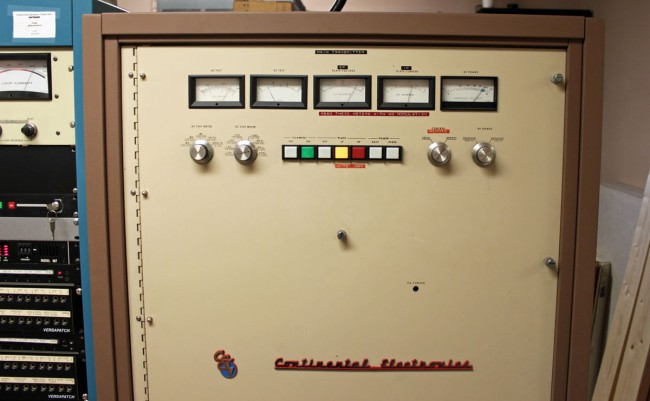
The transmitter it is replacing is a Continental 315R-1, which is based on the Collins Power Rock design. It is a PWM transmitter with a 15,000 volt power supply. In their day, these were not terrible transmitters, however, like their Harris MW-5/10/50 PDM brethren, frequent thorough cleaning is required to keep the dirt/dust from arcing over. Unfortunately, it is becoming more and more difficult to obtain parts for these units. This transmitter was installed in October of 1983, thus, almost thirty years of service is quite enough. This unit we did not cut up and scrap, rather, it is sitting by the back door, waiting for any takers.
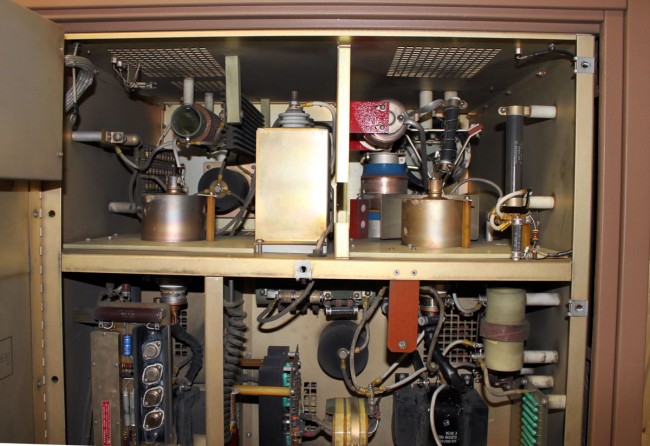
The interior of the Continental 315-R1 transmitter. Modulator section is on the left, RF section is on the right.
The good news is, WVMT is another one of those “successful AM station” stories. You know, the kind of station that has local programming, local sports, news, community presence and most importantly, makes money. For all those diligently studying the “AM Problem” for the up and coming NAB conference this April, here is a clue: It’s the programming…
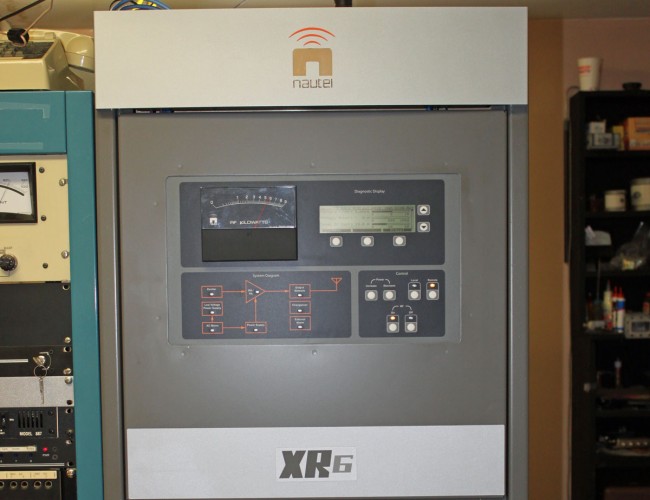
This is the Nautel XR-6 on the air. Positive peaks, anyone?
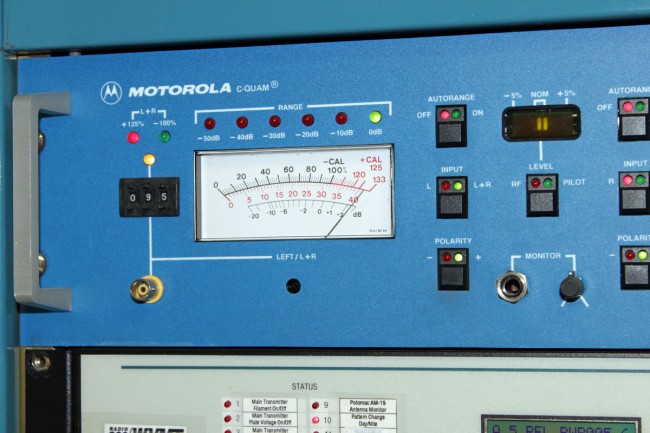
We turned that down a little bit. Also, the station does not run AM stereo, the AM stereo mod monitor is simply a usable relic of a bygone era.
WVMT is noted as the first radio station licensed to the state of Vermont, signing on on May 10, 1922. It has a three tower directional array located down in the swamp. For some idea of perspective, it is 1,150 feet (350 meters) from the transmitter building to the center tower, the towers are 411 feet (125 meters) tall spaced 405 feet (123 meters) apart.
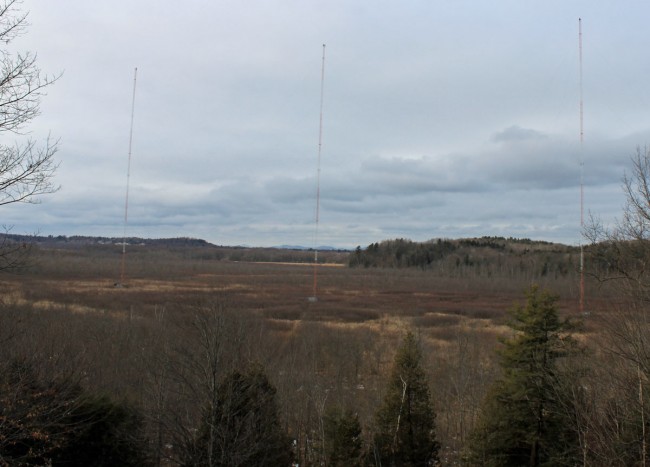
WVMT antenna system from back of transmitter/studio building. That is a long walk over rough terrain in the middle of the night or anytime really, but especially in the middle of the night.

